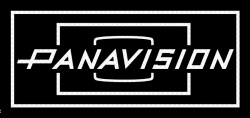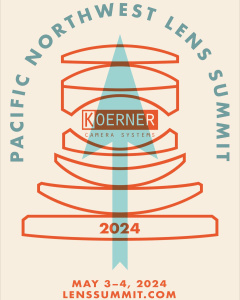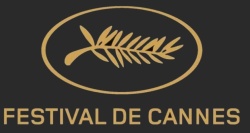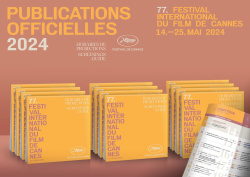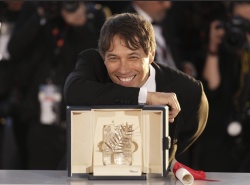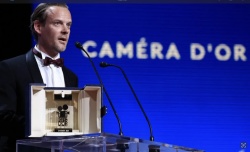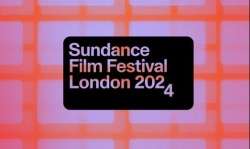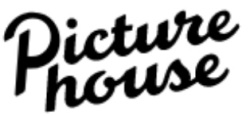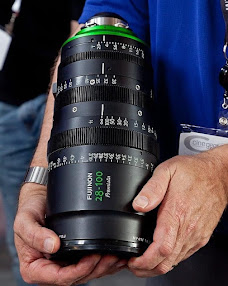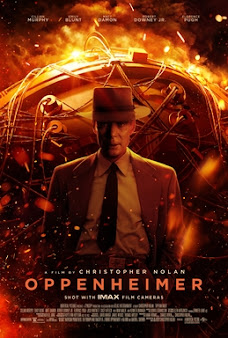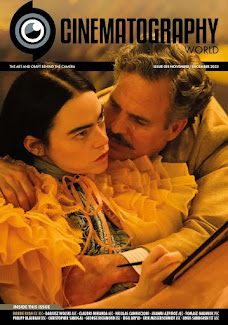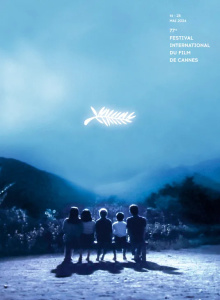CANNES 2013 CINEMATOGRAPHY PREVIEW
Alexander Ballinger prepares to be dazzled by cornucopia of cinematography at the 66th Cannes Film Festival.
It’s not
just my sunglasses I’ll be needing in the South of France next week but
I’ll also have my 3D specs at the ready as a trio of enticing 3D movies
get the full Cannes treatment.
3D gets all Jazz-Age-Deco in the festival’s opening movie, The Great Gatsby (courtesy of Aussie cinematographer, Simon Duggan), it also promises to add greater depth to a restored version of The Last Emperor
(personally overseen by Vittorio Storaro) in the Cannes Classics
sidebar. Delving into the byways of the festival’s multitudinous
strands, I spotted a portmanteau movie exploring the history of 3D, set
against the Portuguese City of Guimarães. The film (3x3D) is directed by Jean-Luc Godard, Peter Greenaway
and Edgar Pêra and is nestled away in the Critics’ Week sidebar, a
world away from the glitz of the Official Competition. And, by hook or
by crook I’ll be attending its premiere.
In the Official Selection, I’ve earmarked a
handful of Palme d’Or hopefuls (out of a field of 21) sure to quicken
the pulse of any lover of cinematography.
For only the second time in two decades The Coens are without regular lensman, Roger Deakins and instead partner French DoP Bruno Delbonnel (he of Amélie) on Inside Llewyn Davis
– the Brothers’ take on the 1960s New York folk music scene. Delbonnel
has some seriously big shoes to fill, so here’s hoping he can conjure up
a similar kind of magic to that which Deakins brought to the Coens’
other music-themed movie, O Brother, Where art Thou?
Last year, Darius Khondji’s sombre cinematography reduced audiences to quivering wrecks in the Palme-winning Amour. This year, he’s teamed up with James Gray on The Immigrant (starring Marion Cotillard
as a Polish émigré in 1920s New York, enmeshed in a desperate love
triangle with Joaquin Phoenix and Jeremy Renner). It’s Khondji’s return
to period drama after his sumptuous work on Chéri and Evita and if the
images swirling about on the internet are anything to go by, it has a
decidedly Godfather-esque feel to it.
Yorick Le Saux, one of the most versatile and exciting cinematographers around – in the last 5 years he’s filmed I am Love; Carlos, Potiche and Arbitrage – gets behind the lens on Jim Jarmusch’s vampire movie, Only Lovers Left Alive.
Whether or not he lives up to Jarmusch’s exacting visual standards (the
perfectionist director has worked with masters the like of Robby Müller
and Frederick Elmes), I’m still looking forward to seeing some shadowy
camerawork on the angular faces of the film’s blood-sucking stars, Tilda Swinton and Tom Hiddleston.
La Grande Bellezza (The Great Beauty) will be Paolo Sorrentino’s
fifth collaboration with cinematographer Luca Bigazzi. And going on
their previous work together, La Grande Bellezza could be one of the
most visually stylish films of the festival. It features Sorrentino
regular Toni Servillo as an ageing writer recalling his years in a Rome
filled with excess and intrigue. Italian cinematography doesn’t stop
here however, with Pasquale de Santis’ and Luciano Tovoli’s
cinematography given a well-deserved polish in the restored Lucky Luciano and Il Deserto dei Tartari in the Cannes Classics sidebar. Bravissimo!
Last but not least of the Palme d'Or contenders is Nicolas Winding Refn’s Only God Forgives, lensed by British cinematographer Larry Smith. Kubrick’s Gaffer on Barry Lyndon and The Shining, Smith has one of the most eclectic CVs in the business: it ranges from lighting Eyes Wide Shut
to Agatha Christie’s Marple (directed by Refn!) and latterly Bronson
and The Guard. Only God Forgives is set in a hellish neon-lit Bangkok
and trailers for this revenge-filled neo-noir (starring Ryan Gosling and a blond Kristin Scott Thomas) resemble early Wong Kar-wai on acid. Just what kind of a brouhaha it will create on the Croisette, heaven only knows.
British cinematography gets a welcome
airing in various other strands of the festival. I’ll be looking out for
Walter Lassally’s skilful capturing of the pole vaulters in the Munich
Olympics movie, Visions of Eight; William Brayne’s rough-and-tumble, hand-held camerawork on the Jackie Stewart documentary, Weekend of a Champion and the cinematography of Gerry Fisher on Fedora Remastered (and whose atmospheric lighting on Accident can be now be enjoyed on Blu-ray).
Bringing British cinematography up-to-date, DoPs Robbie Ryan and Mike Eley (best known for their gritty pairings with Andrea Arnold and Kevin Macdonald) expand their lighting repertoires on the Sci-fi movie Last Days on Mars and the Wildean Selfish Giant respectively, two movies definitely not to miss in the Directors’ Fortnight sidebar.
Since 1990, the festival’s main technical
award (now known as the Vulcain Prize) has been awarded to a clutch of
cinematographers at the very top of their game – Pierre L’Homme; Thierry
Arbogast; Vittorio Storaro, Christopher Doyle & Ping Bin Lee; Eric
Gautier; Janusz Kaminski; Luca Bigazzi; Jose Luis Alcaine and last year,
Charlotte Buus Christensen. With the cinematographic riches on offer
this year, it’s mighty difficult to guess who’ll be the frontrunner in
the weeks ahead.







